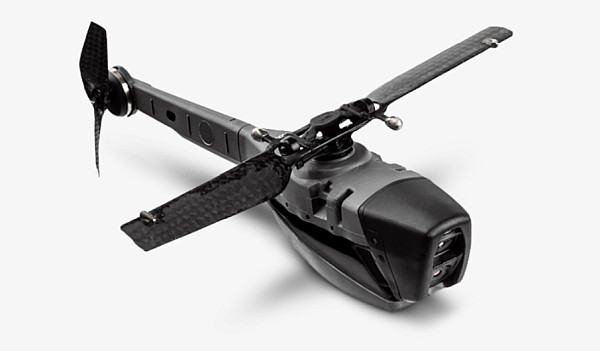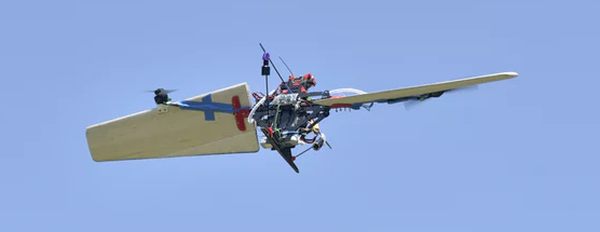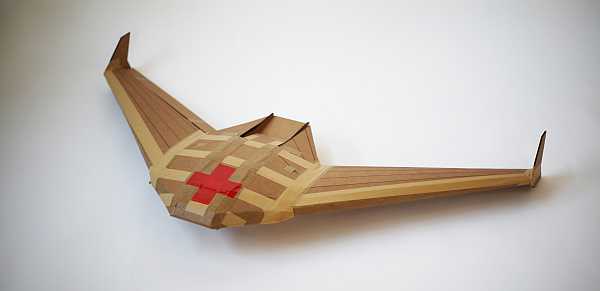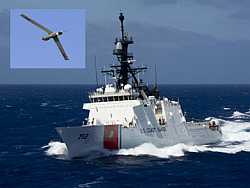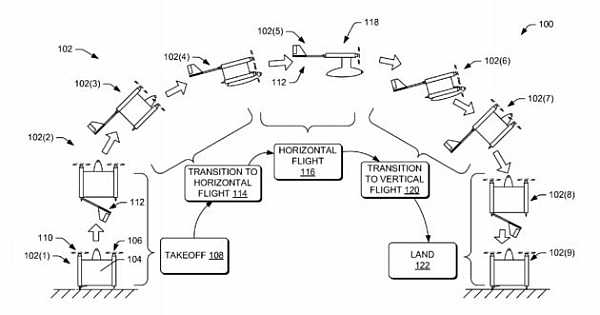Podcast: Play in new window | Download (Duration: 30:11 — 20.8MB)
The FAA has new recreational drone restrictions, along with exceptions for those that cannot be presently met. Also, drones that identify polluting ships, data security fears for Chinese drones, professional sports leagues weigh-in on drones, UAS that measure environmental conditions for weather prediction, and states in the US are actively using unmanned aircraft.
UAV News
FAA Implements New Recreational Drone Restrictions
The FAA Reauthorization Act of 2018 repealed the Special Rule for Model Aircraft and replaced it with “new conditions to operate recreational small unmanned aircraft without requirements for FAA certification or operating authority.” Recreational drone users must meet eight statutory conditions. However, since the FAA cannot implement all of them immediately, exceptions were published in the Federal Register May 17, 2019, as Exception for Limited Recreational Operations of Unmanned Aircraft.
The eight conditions, and where exceptions apply:
1. The aircraft is flown strictly for recreational purposes.
2. The aircraft is operated in accordance with or within the programming of a community-based organization’s set of safety guidelines that are developed in coordination with the FAA.
The Act requires the FAA to establish guidelines for recognizing community-based aeromodelling organizations (CBOs). Since those guidelines don’t exist and CBOs thus cannot be recognized, the FAA will allow “operations conducted in accordance with existing safety guidelines of an aeromodelling organization.” As an alternative, the basic safety guidelines published in faa.gov/uas are sufficient. But, you “should be able to explain to an FAA inspector or law enforcement official which safety guidelines you are following if you are flying under the exception for limited recreational unmanned aircraft operations.”
3. The aircraft is flown within the visual line of sight of the person operating the aircraft or a visual observer co-located and in direct communication with the operator.
The visual observer is optional unless flying FPV and the operator can’t see the surroundings.
4. The aircraft is operated in a manner that does not interfere with and gives way to any manned aircraft.
5. In Class B, Class C, or Class D airspace [controlled airspace] or within the lateral boundaries of the surface area of Class E airspace designated for an airport, the operator obtains prior authorization from the Administrator or designee before operating and complies with all airspace restrictions and prohibitions.
Until Low Altitude Authorization and Notification Capability (LAANC) is upgraded to enable recreational flyers to obtain automated authorization to controlled airspace, the FAA is granting temporary airspace authorizations to operate at certain fixed sites that are established by an agreement with the FAA. The list of authorized fixed sites is available on the FAA’s website.
6. In Class G airspace, [uncontrolled airspace where the FAA does not provide air traffic services] the aircraft is flown from the surface to not more than 400 feet above ground level and complies with all airspace restrictions and prohibitions.
7. The operator has passed an aeronautical knowledge and safety test and maintains proof of test passage to be made available to the Administrator or a designee of the Administrator or law enforcement upon request.
The test doesn’t yet exist. Recreational flyers who adhere to the other seven conditions may use the exception for limited recreational unmanned aircraft operations.
8. The aircraft is registered and marked and proof of registration is made available to the Administrator or a designee of the Administrator or law enforcement upon request.
Registration and marking requirements are published and an online registration process is in place. Each unmanned aircraft used for limited recreational operations must display the registration number on an external surface of the aircraft. Proof of registration must be available upon request.
Sniffer Drones Will Start Patrolling the World’s Busiest Shipping Ports
New regulations apply to air pollution from ships, specifically sulfur oxides. Drones are being tested or used in ports around the world. These will quickly fly through a ships exhaust plume and measure the emissions. If a “dirty” ship is encountered, that vessel can be singled out for a test of its fuel. The Skeldar V-200 drone is an example.
DHS warns of ‘strong concerns’ that Chinese-made drones are stealing data
The US Department of Homeland Security issued an alert through the Cybersecurity and Infrastructure Security Agency that says the drones “contain components that can compromise your data and share your information on a server accessed beyond the company itself.” Further, that “…certain Chinese-made (unmanned aircraft systems)-connected devices capable of collecting and transferring potentially revealing data about their operations and the individuals and entities operating them, as China imposes unusually stringent obligations on its citizens to support national intelligence activities.”
DJI said that it gives customers “full and complete control over how their data is collected, stored, and transmitted,” adding that “customers can enable all the precautions DHS recommends.”
Drones And Sports? Pro Leagues And NCAA Weigh In
Through the NPRM commenting process, the NFL, MLB, NASCAR, and NCAA have expressed concerns. The Leagues want to see the rules explicitly state that UAS operations at night comply with rules applicable to aircraft. Also, they want to see the requirement that pilots make their credentials available to law enforcement expanded to include private security officials.
States turn to drones to predict avalanches, spot wildlife
The American Association of State Highway and Transportation Officials found all but one State public transportation agency was using drones. (Rhode Island wasn’t, but since then they bought a drone.) In 2016, no state transportation agency was using drones every day. Now, 36 states have certified drone pilots on staff.
Researchers test unmanned aircraft systems for measuring the lower atmosphere, potentially improving short term weather forecasts
This is a project with the National Severe Storms Laboratory, the University of Oklahoma, the University of Colorado, and Meteomatics. Researchers used fixed-wing and rotary small UAS in Oklahoma to test the value of UAS for observing local environmental changes that can lead to severe thunderstorms.
Video of the Week
Beautiful! Drone footage captures school of stingrays swimming off coast of Australia

